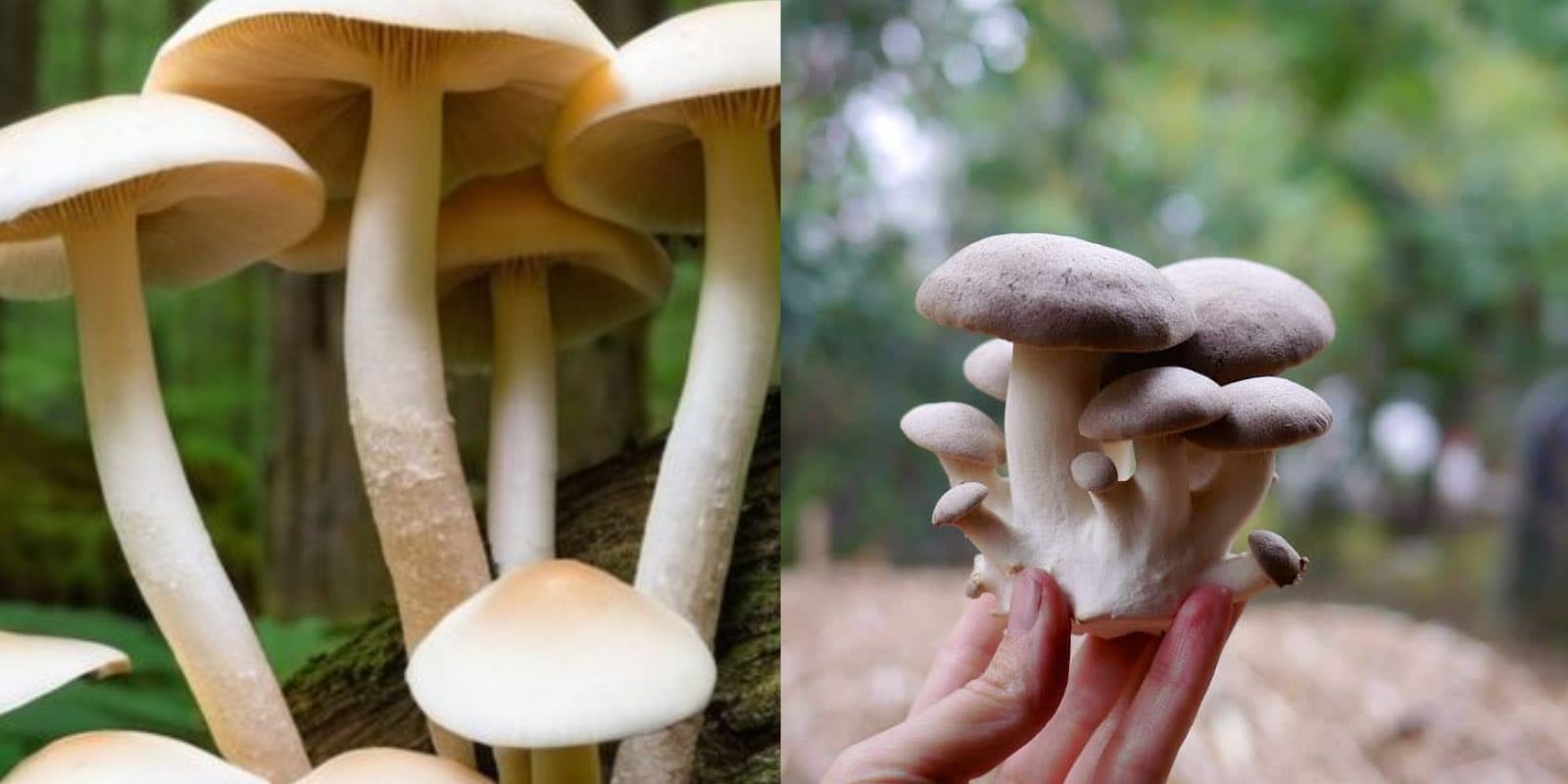Mushroom cultivation is a fascinating and rewarding hobby that allows you to grow gourmet fungi right in your own home. Among the many varieties of mushrooms, King Oyster mushrooms (Pleurotus eryngii) stand out for their rich, umami flavor and meaty texture. Whether you’re a seasoned mushroom grower or a beginner, mastering the art of growing King Oyster mushrooms can yield a bountiful harvest and elevate your culinary creations. In this article, we’ll explore six proven tips to help you cultivate the best King Oyster mushrooms ever.
1. Choose Quality Spawn
A. Importance of High-Quality Spawn
The foundation of a successful mushroom crop starts with high-quality spawn. Spawn is essentially the mycelium, or fungal root system, used to inoculate your substrate. Using high-quality spawn ensures that your mushrooms will be healthy, robust, and productive.
B. Sources of Spawn
- Reputable Suppliers: Purchase spawn from reputable mushroom suppliers or local mycology clubs to ensure quality.
- Varieties: Choose King Oyster spawn that is specifically bred for optimal fruiting and disease resistance.
C. Benefits
Starting with high-quality spawn increases the likelihood of a successful and abundant harvest. It also helps prevent common problems like contamination and poor yields.
2. Prepare the Substrate
A. Selecting the Right Substrate
King Oyster mushrooms thrive on nutrient-rich substrates. Common options include:
- Sawdust: Hardwood sawdust is an excellent substrate for King Oysters, providing the necessary nutrients for growth.
- Straw: Chopped straw, when properly treated, can also serve as a suitable substrate.
B. Sterilization and Preparation
- Sterilization: Sterilize the substrate to eliminate competing fungi and bacteria. This can be done using a pressure cooker or autoclave.
- Hydration: Soak the substrate in water before sterilization to ensure it is adequately hydrated.
C. Benefits
Using a well-prepared and sterilized substrate prevents contamination and provides a clean environment for the mycelium to colonize and produce mushrooms.
3. Optimal Conditions
A. Temperature and Humidity
King Oyster mushrooms require specific environmental conditions to thrive:
- Temperature: Maintain a temperature range of 65-75°F (18-24°C). This is ideal for mycelium colonization and mushroom development.
- Humidity: Keep humidity levels between 85-95% to ensure proper fruiting and prevent drying out.
B. Monitoring Conditions
- Thermometer and Hygrometer: Use these tools to monitor and adjust temperature and humidity levels as needed.
- Humidifier: Consider using a humidifier to maintain the high humidity levels required for optimal growth.
C. Benefits
Maintaining the right temperature and humidity ensures that your King Oyster mushrooms grow healthily and produce high-quality yields.
4. Proper Ventilation
A. Importance of Airflow
Good air circulation is crucial for mushroom growth. Proper ventilation helps prevent the buildup of carbon dioxide, which can inhibit fruiting and lead to poor mushroom quality.
B. Ventilation Techniques
- Fans: Use fans or air circulators to ensure adequate airflow in your growing area.
- Vent Holes: If growing in a sealed environment, make sure there are ventilation holes to allow for fresh air exchange.
C. Benefits
Proper ventilation reduces the risk of mold and contamination, promotes healthy mushroom development, and ensures a successful harvest.
5. Monitor Light Exposure
A. Light Requirements
King Oyster mushrooms require light to stimulate fruiting, but they do not need direct sunlight. Indirect light is sufficient to encourage the development of fruiting bodies.
B. Light Management
- Duration: Provide 8-12 hours of indirect light per day. This can be achieved using fluorescent lights or LED grow lights.
- Intensity: Ensure that the light is not too intense; a gentle light is sufficient for mushroom growth.
C. Benefits
Proper light exposure helps induce fruiting and ensures that your King Oyster mushrooms develop fully and evenly.
6. Harvest at the Right Time
A. Timing and Techniques
Harvesting your King Oyster mushrooms at the right time is essential for optimal flavor and texture:
- Timing: Harvest mushrooms when the caps are still firm and before they start to flatten out. Overripe mushrooms can become tough and less flavorful.
- Technique: Use a clean knife or scissors to cut the mushrooms at the base of the stem. Avoid pulling them to prevent damage to the remaining mycelium.
B. Post-Harvest Care
- Storage: Store harvested mushrooms in a cool, dry place to maintain freshness. They can also be refrigerated for a short period.
- Recycling Substrate: After harvesting, the substrate can often be reused or composted, depending on its condition.
C. Benefits
Harvesting at the right time ensures that your King Oyster mushrooms have the best texture and flavor, making them a gourmet addition to your meals.
Conclusion
Growing King Oyster mushrooms can be a rewarding and enjoyable experience, offering delicious and nutritious fungi right from your own home. By following these six proven tips—choosing quality spawn, preparing the substrate, maintaining optimal conditions, ensuring proper ventilation, managing light exposure, and harvesting at the right time—you can cultivate a bountiful and high-quality crop of King Oyster mushrooms.
Transform your gardening efforts with these tips and savor the satisfaction of growing your own gourmet mushrooms! 🌱🍄 #MushroomCultivation #KingOysterMushrooms #GrowYourOwn #UrbanFarming #GourmetMushrooms #HomeGardening #SustainableLiving #MushroomGrowing

